Saeid Motevali
Fully Automated Tree Topology Estimation and Artery-Vein Classification
Feb 04, 2022
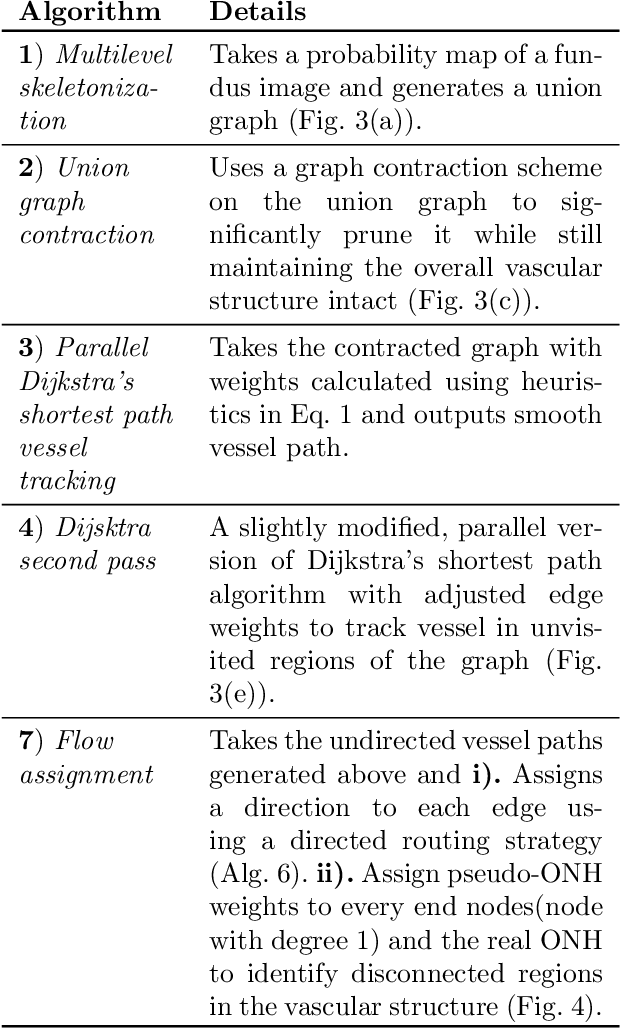
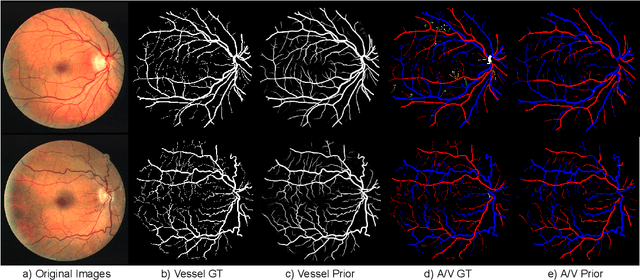
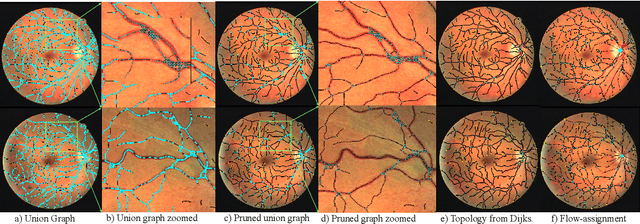
Abstract:We present a fully automatic technique for extracting the retinal vascular topology, i.e., how the different vessels are connected to each other, given a single color fundus image. Determining this connectivity is very challenging because vessels cross each other in a 2D image, obscuring their true paths. We validated the usefulness of our extraction method by using it to achieve state-of-the-art results in retinal artery-vein classification. Our proposed approach works as follows. We first segment the retinal vessels using our previously developed state-of-the-art segmentation method. Then, we estimate an initial graph from the extracted vessels and assign the most likely blood flow to each edge. We then use a handful of high-level operations (HLOs) to fix errors in the graph. These HLOs include detaching neighboring nodes, shifting the endpoints of an edge, and reversing the estimated blood flow direction for a branch. We use a novel cost function to find the optimal set of HLO operations for a given graph. Finally, we show that our extracted vascular structure is correct by propagating artery/vein labels along the branches. As our experiments show, our topology-based artery-vein labeling achieved state-of-the-art results on multiple datasets. We also performed several ablation studies to verify the importance of the different components of our proposed method.
Optic Disc Segmentation using Disk-Centered Patch Augmentation
Oct 01, 2021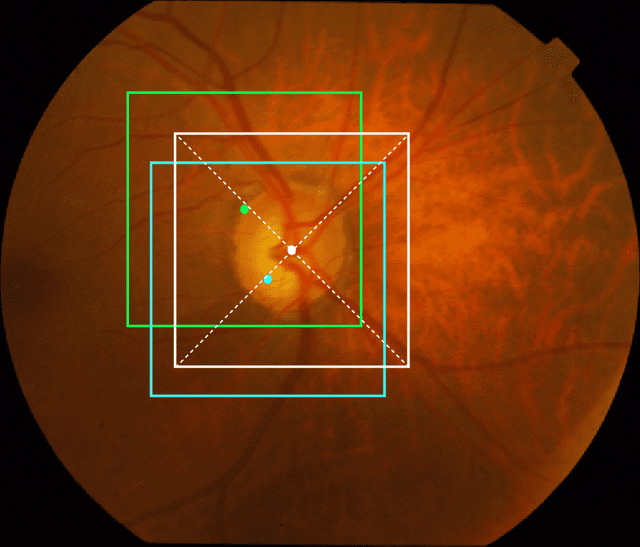

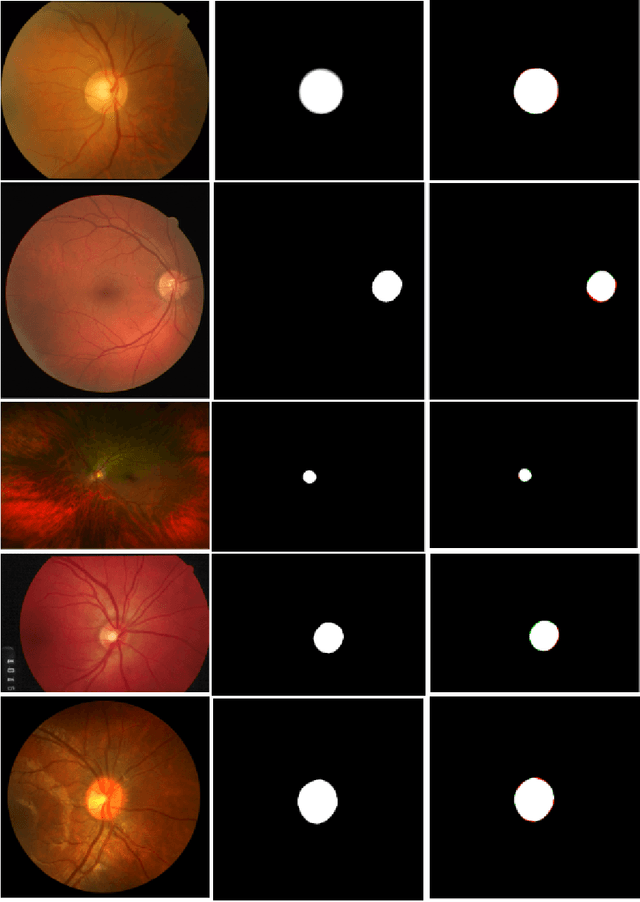
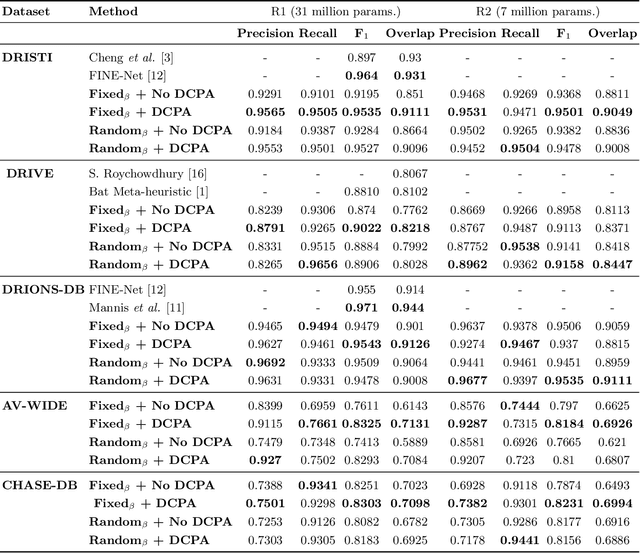
Abstract:The optic disc is a crucial diagnostic feature in the eye since changes to its physiognomy is correlated with the severity of various ocular and cardiovascular diseases. While identifying the bulk of the optic disc in a color fundus image is straightforward, accurately segmenting its boundary at the pixel level is very challenging. In this work, we propose disc-centered patch augmentation (DCPA) -- a simple, yet novel training scheme for deep neural networks -- to address this problem. DCPA achieves state-of-the-art results on full-size images even when using small neural networks, specifically a U-Net with only 7 million parameters as opposed to the original 31 million. In DCPA, we restrict the training data to patches that fully contain the optic nerve. In addition, we also train the network using dynamic cost functions to increase its robustness. We tested DCPA-trained networks on five retinal datasets: DRISTI, DRIONS-DB, DRIVE, AV-WIDE, and CHASE-DB. The first two had available optic disc ground truth, and we manually estimated the ground truth for the latter three. Our approach achieved state-of-the-art F1 and IOU results on four datasets (95 % F1, 91 % IOU on DRISTI; 92 % F1, 84 % IOU on DRIVE; 83 % F1, 71 % IOU on AV-WIDE; 83 % F1, 71 % IOU on CHASEDB) and competitive results on the fifth (95 % F1, 91 % IOU on DRIONS-DB), confirming its generality. Our open-source code and ground-truth annotations are available at: https://github.com/saeidmotevali/fundusdisk
 Add to Chrome
Add to Chrome Add to Firefox
Add to Firefox Add to Edge
Add to Edge